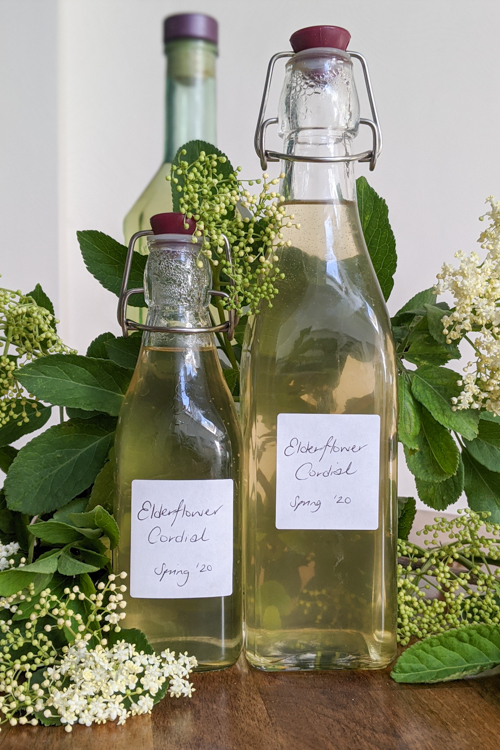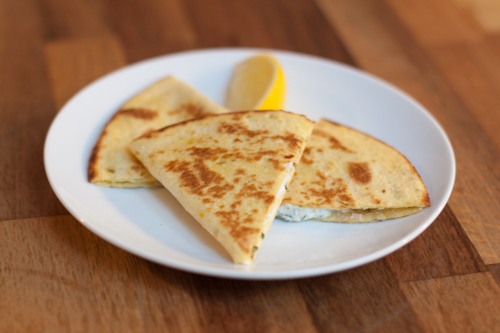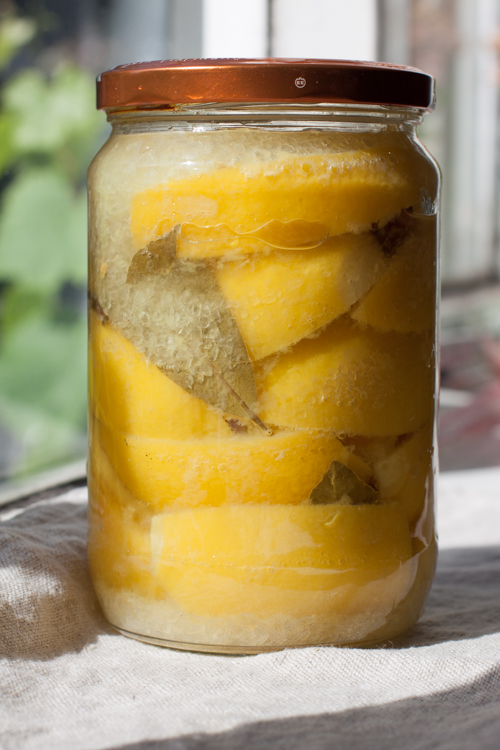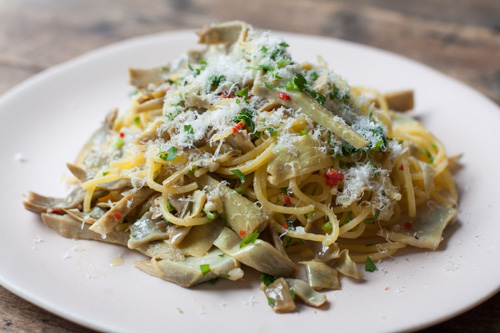Recipes for lockdown: Elderflower cordial
 Monday, May 18, 2020 at 8:55PM
Monday, May 18, 2020 at 8:55PM 
My first attempt at making elderflower cordial a few year’s ago didn’t go very well. I followed the key piece of advice I had been given, namely, to pick the flowers right at the beginning of the season just as they start opening. I was on the lookout every time I walked or ran along the Parkland Walk in Finsbury Park and, as soon as the little white flowers started blossoming, I started foraging.
I also took care to inspect the flower heads for insects and discarded any that looked like they might have a little colony. I then poured boiling water over them and leftover night to infuse. The next day I strained, added sugar and lemon juice and simmered to dissolve the sugar. The result was… sugar syrup. Not a hint of elderflower. I ended up using it as a sweetener for cocktails and thought no more about it until last year…
 Vix |
Vix |  15 Comments |
15 Comments | 



